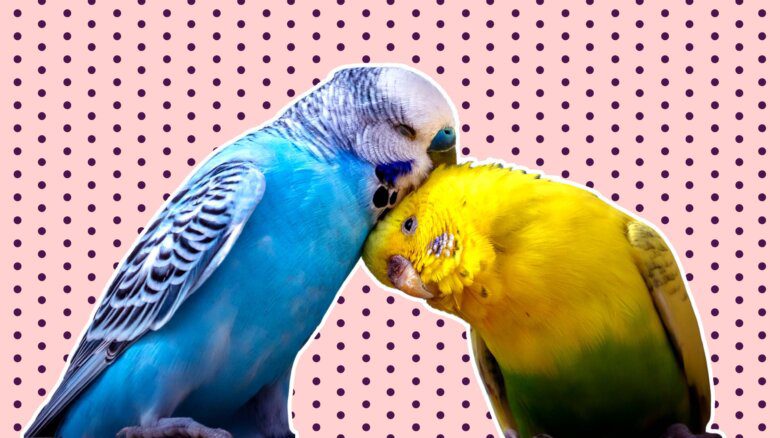In contemporary popular culture, 18th century England is Jane Austen. Ironically, the characters inhabiting her novels–the Emmas, the Mr Darcys, the Elenor Dashwoods–would have heard of the Ladies, but not of the obscure novelist to whom they owe their existence.
And yet, the Ladies did nothing of real note. They were celebrities in the modern sense of the word: famous simply for being themselves.
The Ladies were Lady Eleanor Butler and Sarah Ponsonby, genteel Irishwomen who eloped together in 1778 after a fraught romance that began 10 years earlier in Miss Parke’s boarding school. Their courtship included a secret correspondence, a failed first elopement and an enforced separation.
Finally, Eleanor and Sarah succeeded in fleeing to England. Two years later, in 1780, in the Welsh valley of Llangollen, writes William Alger, “One of the sweetest and quietest spots on earth, they bought a charming cottage, fitted it up with every comfort, and adorned it with exquisite taste. Here, in this remote and lovely haunt, amply provided with books, pictures, and other means of culture, they lived together in uninterrupted contentment for nearly three score years.
For a long period their neighbors, ignorant of their names, knew them only as the Ladies of the Vale. For a quarter of a century, it is said, they never spent 24 hours at a time out of their happy valley.”
Soon after their arrival, the Ladies were joined by a former servant, Mary Carryl: “When Lady Butler and Miss Ponsonby left their splendid residences in Ireland to seek in Wales a retirement where they might spend their days in the culture of letters and friendship, a faithful and affectionate servant who pined for them… set out to search for them in England. She had no clue to direct her pursuit, since… they had kept their place of abode secret even from their nearest relatives. Learning, however, of her attempt, they sent for her. She went, and was their [servant] until her death, 30 years afterward.”
Lady Butler’s journals refer to Ponsonby as “my Beloved” and “my sweet love,” and express the couple’s longings, when visitors were too plentiful, to be alone again.
Visitors were the curious, the fashionable and the artistic: the novelist Sir Walter Scott; the writer Mme de Genlis; the young Charles Darwin and his grandfather, pottery manufacturer Josiah Wedgwood; the poets Southey, Wordsworth, Shelley and Byron; the Duke of Wellington; and Lady Caroline Lamb.
They would have greeted by a study in physical contrasts, stated the St James Chronicle: “Miss Butler and Miss Ponsonby, now retired from the society of men, into the wilds of a certain Welch vale, bear a strange antipathy to the male sex, whom they take every opportunity of avoiding. Miss Butler is tall and masculine. She wears always a riding-habit. Hangs up her hat with the air of a sportsman in the hall; and appears in all respects as a young man, if we except the petticoat, which she still retains. Miss Ponsonby, on the contrary, is polite and effeminate, fair and beautiful.Two females are their only servants.”
The Ladies heatedly denied the rumours of lesbianism–or Sapphism as it would have been called then–that occasionally circulated in the press and among their visitors, such as Anne Lister, who wrote after a visit to Llangollen, “I cannot help thinking that surely it was not Platonic. Heaven forgive me, but I look within myself & doubt.”
But hers was a minority opinion: for the majority, the Ladies were simply the living embodiement of a romantic friendship, a concept coming into fashion just then.
Lady Butler died in 1829 and Sarah Ponsonby followed her to the grave two years later. They, along with the faithful Mary Carryl, are buried under a triangular tombstone. After Sarah’s death, the cottage was purchased by two spinsters, Amelia Lolley and Charlotte Andrew, who attempted to emulate the Ladies’ lifestyle.
Objects of fascination to writers like Colette, a final, parting glimpse of the Ladies may be had from Lucy Gough’s play, To Be Naked:
ELEANOR: No regrets?
SARAH: Regrets?
ELEANOR: Of our life, here together, this dream we pursued.
SARAH: How can you ask that?
ELEANOR: Sometimes you seemed, restless. Do you regret no children, being outside society.
SARAH: On show to society. How can you ask that after all these years?
 Why you can trust Xtra
Why you can trust Xtra


